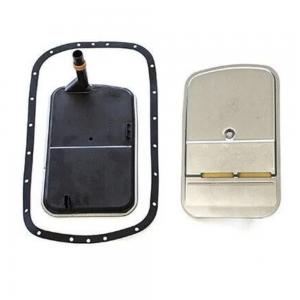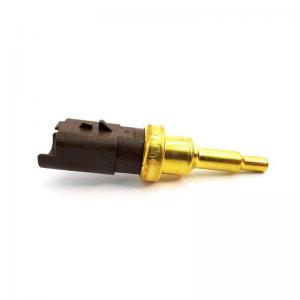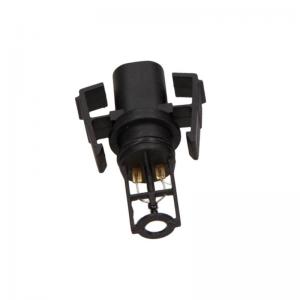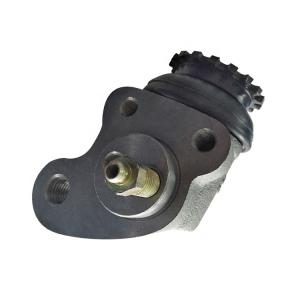Camshaft Adjuster
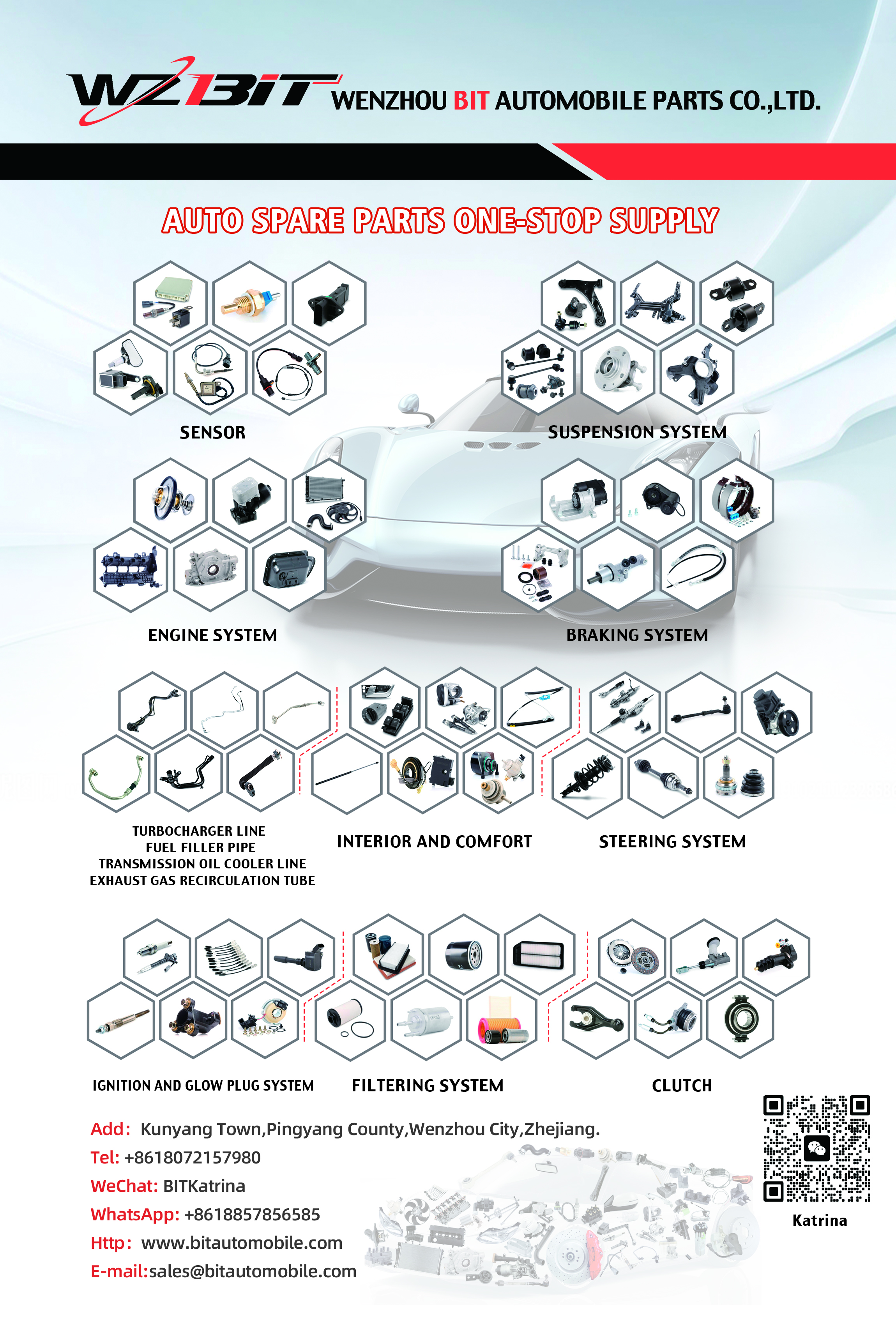
A camshaft adjuster is an essential component in modern internal combustion engines, particularly those equipped with variable valve timing (VVT) systems. It plays a crucial role in optimizing engine performance, efficiency, and emissions by dynamically adjusting the timing of the camshaft.
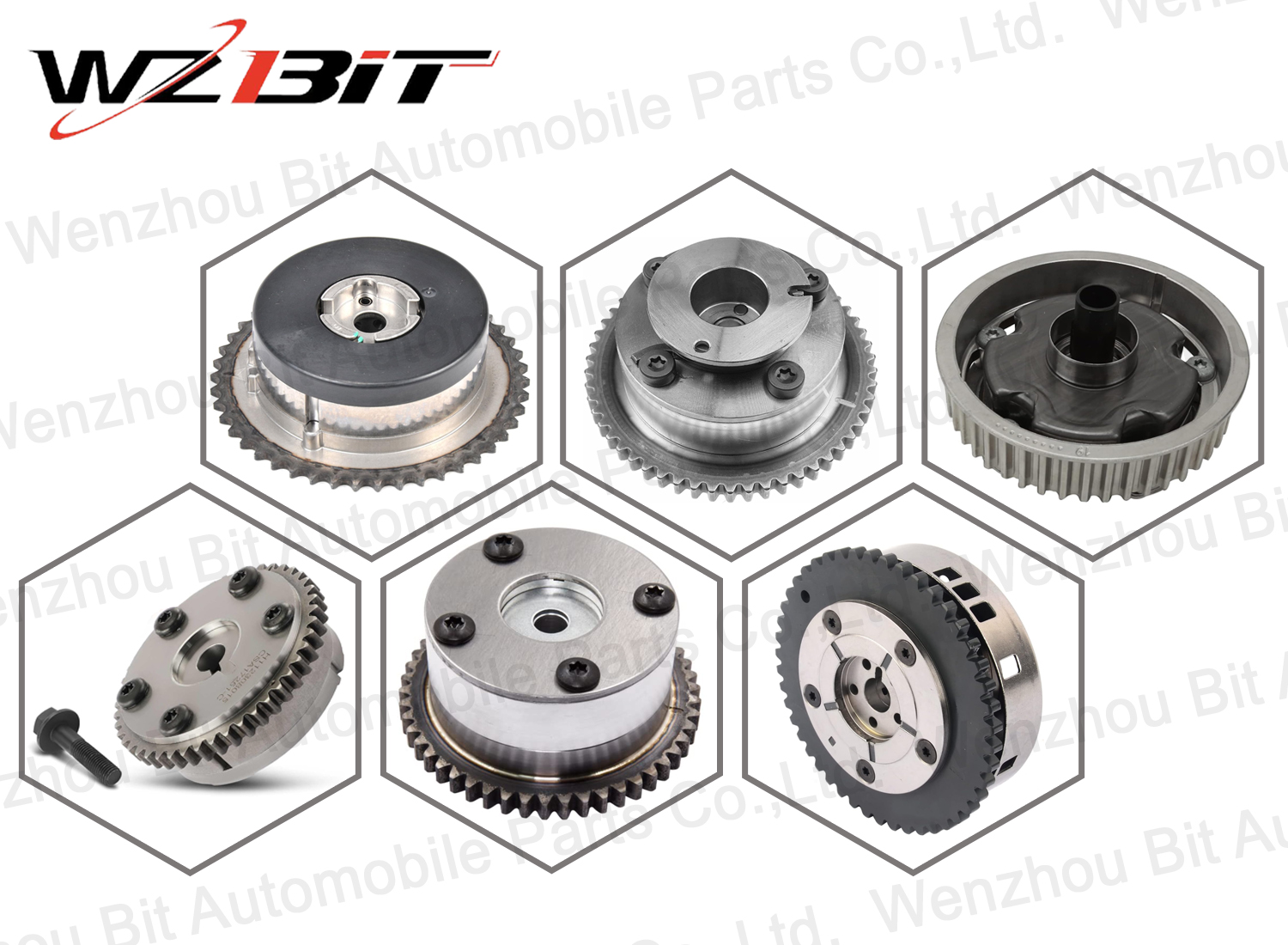
OE Number
| A2720504447 | A 272 050 44 47 |
| A2720505347 | A 272 050 53 47 |
| A2720502447 | A 272 050 24 47 |
| A2720504647 | A 272 050 46 47 |
| 2720504447 | 272 050 44 47 |
| 2720505347 | 272 050 53 47 |
| 2720502447 | 272 050 24 47 |
| 2720504647 | 272 050 46 47 |
Compatible Applications
Dodge 07-08 - Sprinter 2500 Intake - Right
Dodge 07-08 - Sprinter 3500 Intake - Right
Mercedes 06-07 - C230 Sport Intake - Right
Mercedes 06-07 - C280 4Matic, Luxury Intake - Right
Mercedes 08-12 - C300 4Matic Luxury, 4Matic Sport, Luxury, Sport Intake - Right
Mercedes 06-11 - C350 4Matic, Luxury, Sport Intake - Right
Mercedes 07-10 - CL550 Base, 4Matic Intake - Right
Mercedes 06-09 - CLK350 Intake - Right
Mercedes 07-09 - CLK550 Intake - Right
Mercedes 07-11 - CLS550 Intake - Right
Mercedes 06-11 - E350 Base, 4Matic Intake - Right
Mercedes 07-11 - E550 Base, 4Matic Intake - Right
Mercedes 09-15 - G550 Intake - Right
Mercedes 07-12 - GL450 Intake - Right
Mercedes 08-11 - GL550 Intake - Right
Mercedes 10-12 - GLK350 Base, 4Matic Intake - Right
Mercedes 09-11 - ML350 Intake - Right
Mercedes 10-11 - ML450 Hybrid 4Matic Intake - Right
Mercedes 08-11 - ML550 Intake - Right
Mercedes 06-11 - R350 Base, 4Matic Intake - Right
Mercedes 10-13 - S400 Hybrid Intake - Right
Mercedes 07-11 - S550 Base, 4Matic Intake - Right
Mercedes 07-12 - SL550 Intake - Right
Mercedes 06-08 - SLK280 Intake - Right
Mercedes 09-11 - SLK300 Intake - Right
Mercedes 05-11 - SLK350 Intake - Right
Function of the Camshaft Adjuster
The camshaft adjuster is responsible for:
- Adjusting Valve Timing: Modifies the timing of the intake and exhaust valves to optimize engine performance under different operating conditions.
- Improving Fuel Efficiency: By altering valve timing, it ensures more complete combustion, leading to better fuel economy.
- Reducing Emissions: Helps in achieving cleaner exhaust gases by optimizing the combustion process.
- Enhancing Engine Performance: Provides better torque and power delivery across a wide range of engine speeds.
Types of Camshaft Adjusters
1. Hydraulic Camshaft Adjusters:
- Operation: Use oil pressure to adjust the camshaft position.
- Components: Typically consist of a rotor, stator, and hydraulic control valve.
- Applications: Common in many modern engines due to their reliability and responsiveness.
2. Electric Camshaft Adjusters:
- Operation: Use an electric motor to adjust the camshaft position.
- Components: Include an electric motor, control unit, and gear mechanism.
- Applications: Increasingly used in newer engines for their precision and fast response times.
Working Principle
The camshaft adjuster works in conjunction with the engine control unit (ECU) to modify camshaft timing. Here’s how it operates:
1. ECU Signal: The ECU sends a signal based on engine speed, load, and other parameters.
2. Activation: The camshaft adjuster receives the signal and adjusts the camshaft position.
- Hydraulic Adjusters: Oil pressure is directed to the adjuster, moving the rotor within the stator to change the camshaft angle.
- Electric Adjusters: The motor drives a gear mechanism to change the camshaft angle.
3. Timing Adjustment: The camshaft’s timing is altered, either advancing or retarding valve opening and closing events.
4. Feedback: The camshaft position sensor provides feedback to the ECU, ensuring precise control.
Symptoms of a Faulty Camshaft Adjuster
1. Check Engine Light: A malfunctioning adjuster often triggers the check engine light.
2. Poor Engine Performance: Noticeable reduction in power, acceleration, and overall performance.
3. Rough Idling: The engine may idle roughly or stall due to improper valve timing.
4. Increased Fuel Consumption: Inefficient combustion can lead to higher fuel usage.
5. Unusual Noises: Rattling or ticking noises from the engine may indicate a problem with the adjuster.
Maintenance Tips
- Regular Oil Changes: Ensure clean oil and proper oil pressure to maintain the hydraulic adjuster’s performance.
- Timely Inspections: Regularly check the camshaft adjuster and related components for wear and tear.
- Use Quality Parts: Replace worn components with high-quality, OEM parts to ensure reliability.
- Monitor Engine Performance: Be alert to changes in engine behavior, which may indicate a need for maintenance.
Send your message to us:



